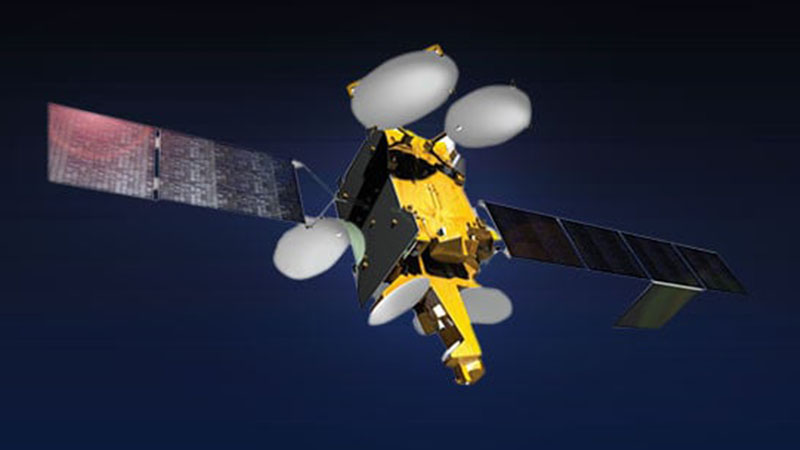Pakistan is set to launch its second communication satellite, PAKSAT MM-1, today. The Pakistan Space and Upper Atmosphere Research Commission (SUPARCO) confirmed that the satellite will be launched from China’s Xichang Satellite Launch Center (XSLC) and will be positioned at an altitude of 36,000 kilometers above Earth.
PAKSAT MM-1, weighing five tons, is outfitted with state-of-the-art communication technology. According to SUPARCO’s spokesperson, the satellite will play a crucial role in establishing a robust communication network to meet the burgeoning demands of Pakistan’s telecom sector. The satellite’s deployment into its geostationary orbit is expected to take three to four days.
The launch will be broadcast live from SUPARCO’s facilities in Islamabad and Karachi, reflecting the national significance of this milestone. The satellite’s advanced capabilities are anticipated to significantly enhance high-speed internet access and ensure seamless connectivity across Pakistan. The high-power, multi-mission satellite will operate in C, Ku, and Ka bands, along with providing SBAS services in the L band.
“This satellite is a pivotal element in our journey towards a digital Pakistan,” a SUPARCO spokesperson noted. “It will offer diverse communication services, including broadband internet, TV broadcasting, mobile banking support, and VSAT connectivity.”
Dr. Usman Iftikhar, the project manager, highlighted that the geostationary satellite will be positioned at approximately 36,000 kilometers from Earth, ensuring stable and reliable communication coverage.
This launch follows the successful deployment of ICUBE-Q on May 3, part of China’s Chang’E 6 lunar mission. ICUBE-Q reached lunar orbit on May 9 and has been operating within its expected parameters since. The Chang’e 6 mission, which began in 2022, offered member states of the Asia Pacific Space Cooperation Organization (APSCO) the opportunity to send student-built payloads to the moon, showcasing international collaboration in space exploration.
